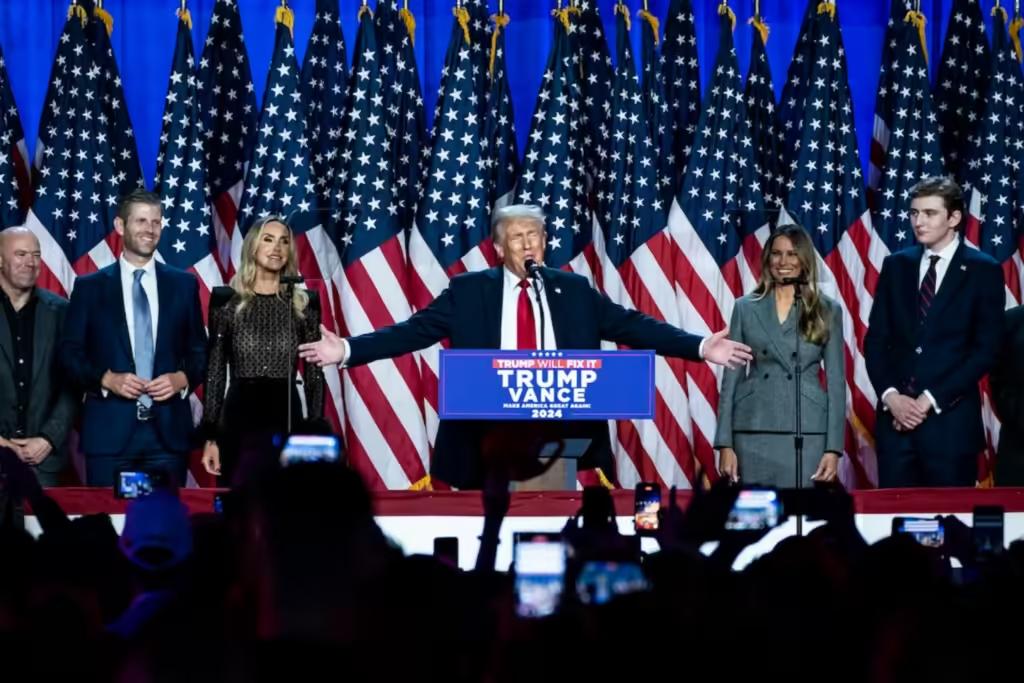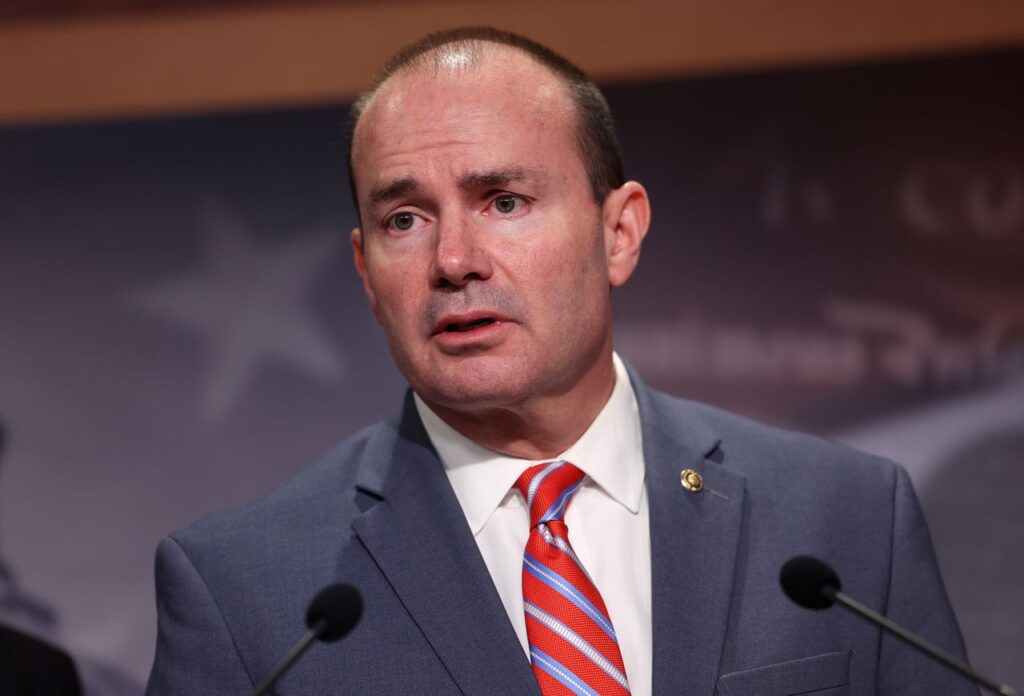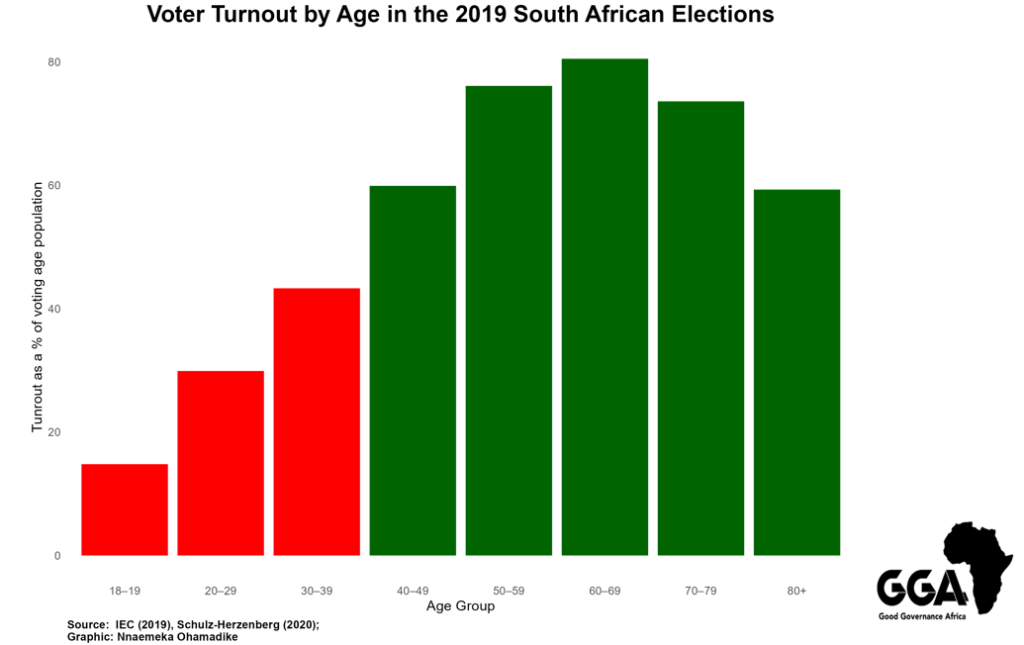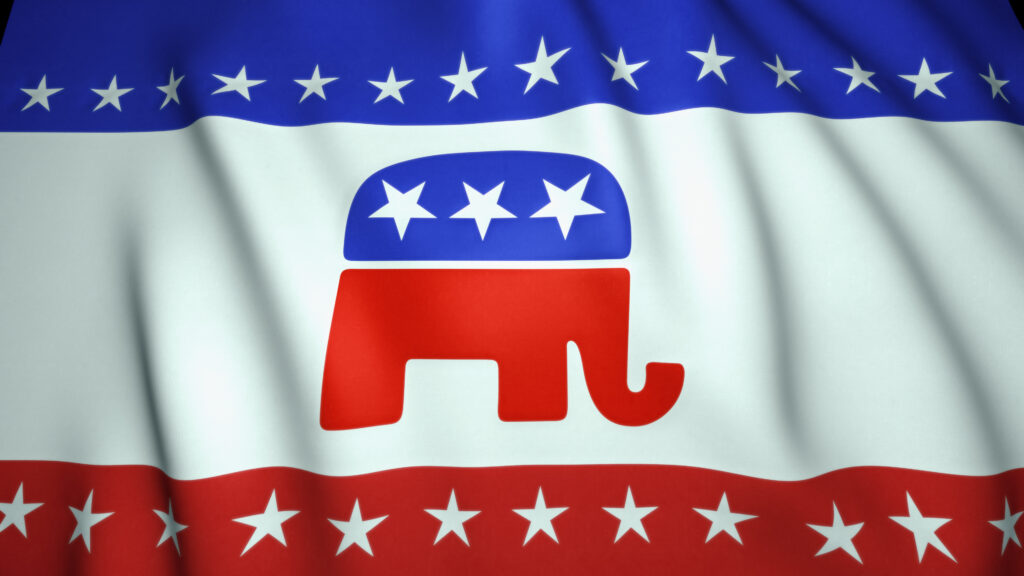The 2024 Election USA: Trump’s Transition and Its Implications
Introduction
The 2024 election cycle is shaping up to be one of the most consequential in recent U.S. history. With key figures like Donald Trump potentially returning to power, both domestic and international policies are under scrutiny as voters assess the ramifications of past decisions. This blog aims to provide an in-depth analysis of the current political landscape, focusing on Trump’s anticipated presidential transition, implications for key policies, and the voices that shape these discussionsof Trump’s Transition.

Trump’s Return – A Shift in Political Dynamics
Donald Trump in The 2024 Election, a polarizing figure, continues to wield substantial influence over the Republican Party and American politics at large. His planned return has invigorated the GOP base while creating uncertainty among moderates and independents concerned about extremism and Trump’s Transition.
- Influence on Candidates and Party Strategy: Trump’s brand of politics has fundamentally altered the Republican Party’s landscape. Candidates aligning themselves with Trump adopt rhetoric that resonates with his supporters—often characterized by nationalism and a focus on economic protectionism. This dynamic can lead to primaries that favor Trump-aligned candidates, which might alienate moderates.
- Political Legacy Considerations: The first Trump administration was marked by high-stakes negotiations, controversial policies, and a distinctive approach to foreign relations. Understanding the legacy of Trumpism is essential as candidates prepare their platforms to either align with or distance themselves from his administration.
- Voter Sentiment and Turnout: Voter sentiment towards Trump remains a critical component of the upcoming election. Polling data suggest a divide among voters, with strong support among core Republican voters, but significant opposition from broader demographics, including women, minorities, and younger voters. Mobilization efforts will be crucial, as both parties seek to engage their bases and appeal to undecided voters.

Foreign Policy Revisited The 2024 Election and Trump’s Transition
The anticipated return of Trump as president raises questions about U.S. foreign policy direction. A significant area of concern is the Asia-Pacific region, significantly impacted by increasing tensions with China.
- Taiwan’s Strategic Importance: Taiwan plays a critical role in U.S. foreign policy as a democratic ally in the face of authoritarian pressures from China. Trump’s past remarks suggest a transactional approach to defense, where Taiwan could be pressured to increase its financial contributions. This stance can alienate Taiwanese officials wary of provoking Beijing, complicating alliances in the region.
- Potential Policy Shifts: Trump’s intention to reshape U.S. foreign policy may pivot towards countering China more directly. With a promise to end conflicts in the Middle East and focus on the Asia-Pacific, Trump could channel military resources and diplomatic efforts to reinforce alliances with countries like Japan, South Korea, and India in an effort to contain Chinese influence.
- Impact on Global Trade Policies: Trump’s advocacy for tariffs on imported goods, including semiconductors from Taiwan, could trigger retaliatory measures from China and disrupt global supply chains. The semiconductor industry is a linchpin for economic stability, and policy changes could have ripple effects across multiple sectors, from technology to automotive production.

Domestic Policy Front of Trump’s Transition
As the election approaches, critical domestic issues such as abortion rights remain at the forefront of voter concerns, particularly for women and young voters.
- The Abortion Rights Landscape: The recent election results indicate a push toward pro-abortion rights in several states, even as Trump’s administration has been characterized by attempts to restrict access to abortion. Analysis of the ballot measures that passed reveals a nuanced landscape. The enactment of these measures may take time due to existing state laws, highlighting the importance of continued advocacy and legal challenges.
- Fragmentation of Access: Even with successful measures in certain states, many women live in restrictive environments where access to abortion is limited. The Guttmacher Institute’s reports show that despite these advances, roughly 40% of reproductive-age women reside in states facing bans or severe restrictions, creating a disparity in access across the country.
- Future Implications under Trump: Under a potential second Trump term, the focus on states’ rights may further complicate the national dialogue on reproductive health. With significant challenges anticipated from the Supreme Court and state legislatures, the landscape for safe, legal abortion access remains precarious.

The Role of Technology and Social Media in Elections
The impact of technology and social media on political campaigns cannot be understated, particularly in how they shape public perception and mobilize voters.
- The Evolution of Campaigning:
- Trump’s 2016 campaign was a watershed moment for utilizing social media as a primary tool for engagement. The 2024 election is expected to see even more robust digital strategies.
- Analysis of how platforms like Facebook, Twitter, and emerging social media apps are leveraged to disseminate campaign messages.
- Disinformation and Fact-Checking:
- An exploration of the challenges posed by disinformation campaigns. Studies have shown that misinformation can sway voter opinions and affect turnout.
- Highlighting the importance of fact-checking organizations and their role in election integrity. As technology evolves, so too must strategies for combating false narratives.
- The Influence of Big Tech Companies:
- The relationship between political campaigns and major tech firms raises concerns over censorship, user privacy, and the manipulation of algorithms. Insights on how these relationships may influence the political landscape.
- Discussion of regulations and policies that may arise following concerns over data privacy and election interference.
Voter Turnout and Engagement Strategies
Understanding voter turnout and how different demographics engage can play a crucial role in the election outcome.
- Demographic Voting Trends:
- Analysis of key demographic groups such as millennials, minorities, and suburban voters who will significantly influence the election.
- Breakdown of different voting patterns as observed in the 2020 election and adjustments in strategies by both parties.
- Innovative Engagement Techniques:
- Explore how both parties are utilizing technology and grassroots movement strategies to increase voter engagement. Examples may include virtual town halls, text message campaigns, and community outreach.
- The significance of early voting and mail-in ballots as strategies to enhance participation, particularly post-pandemic.
- Mobilizing the Youth Vote:
- The role of college and university groups in galvanizing younger voters who typically exhibit lower turnout rates.
- Highlight college-led initiatives, peer-to-peer outreach, and the importance of addressing issues pertinent to younger voters, such as climate change and student debt.

Economic Policies and the Path to Recovery
Economic policies will inevitably influence voter preferences and decisions as voters search for solutions to ongoing challenges.
- Assessing the Economic Landscape:
- Overview of current economic conditions, such as inflation rates, unemployment figures, and general public sentiment regarding financial stability.
- How the economy, influenced by factors such as the pandemic recovery and supply chain issues, will be a pivotal focus for campaigns.
- Trump’s Economic Plan for a Second Term:
- An outline of Trump’s potential economic policies, addressing taxation, job creation, and trade relations. Insights into his previous policies and what modifications may arise.
- Focus on how sectors like manufacturing and technology may shape economic strategies, given Trump’s previous choices to prioritize American workers.
- Bipartisan Responses to Economic Challenges:
- Discussion on how both parties might partner to address economic hardships. The potential for bipartisan efforts to tackle inflation or support small businesses.
- The importance of public sentiment on economic management, and how leaders from both parties can align on key issues while navigating opposition.
The Future of the Republican Party
The coming election presents an opportunity to reflect on the trajectory of the Republican Party and its foundational values.
- Internal Factionalism:
- Examination of various factions within the party, including traditional conservatives, Trump supporters, and moderates. How their conflicts may shape party platforms and electoral strategies.
- Possible timelines for party realignment as new leaders emerge and new issues gain prominence.
- The Impact of State Politics:
- The significance of gubernatorial and state legislature races leading up to 2024 and how they may affect national narratives.
- State-level Republican parties adapting to local issues that differ from national conversations, potentially leading to a divergence in strategies.
- Long-Term Prospects:
- Speculation on future candidates emerging from the Republican Party post-Trump and their potential platforms.
- A look at the prospects of rebuilding the party’s image and re-establishing trust among a broader voter base.

Bringing together insights from the previously established sections and new topics, the conclusion can summarize the complexity of the political landscape leading into the 2024 election, reflecting on the themes of foreign policy, economic strategies, voter engagement, and the future of the Republican Party. Emphasize the importance of informed engagement among voters and the necessity for candidates to address the prevailing issues that concern the electorate.


